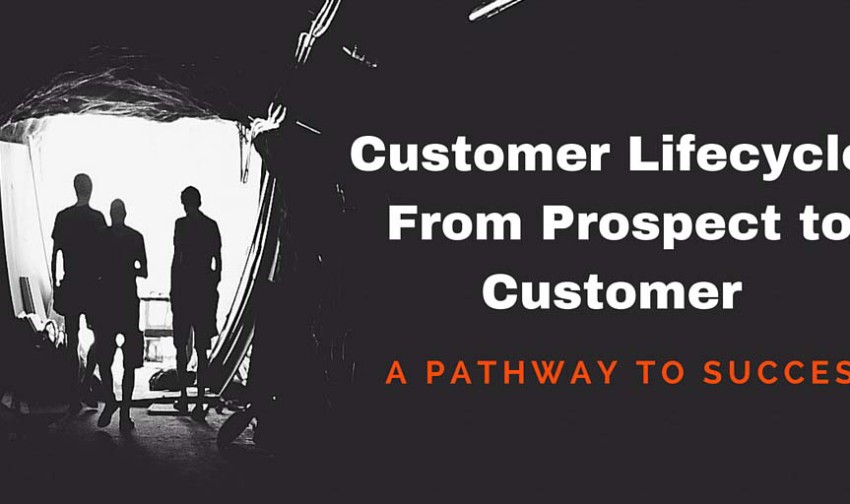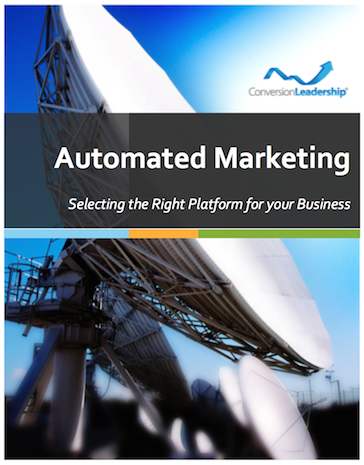From Prospect to Customer: Your Lead Lifecycle Path

According to Sirius Decisions, when it comes to business-to-business (B2B) marketing, publicity and sales, before a prospect even has contact with a salesperson, 70% of the buying experience has already been completed.
The Path from Prospect to Customer
The pre-sales process of the buying experience includes:
- Identify business problems
- Assess the impact of each problem for their company
- Compile a list of business objectives
- Prioritize the business problems in terms of business objectives, budget and resourcing
- Create a business case as an alternative to the current approach
- Work out the features required for the outcomes needed as well as the KPIs any new options should meet
- Research potential providers to solve identified problems
This means that the prospect has already determined most of the factors to be considered on their own before approaching a salesperson. All the prospect is interested in at this stage is finding out what the best price for the solution to their problem is from you.
If you are not involved in creating the criteria for the buying experience, then your competitor probably educated the prospect instead. That means when the prospect makes the first move to make contact, all your sales team can do usually is talk price.
Your marketing team must be doing what they can to get your point of difference across before the prospect is ready to buy.
Don't focus on why your business is amazing. Instead educate your leads and prospects about the solutions you provide and how they will be a fit for them.

Your marketing team needs to be thinking about how the pre-sales activities of the buying experience are being incorporated into the online customer lifecycle stages in their strategies.
The Myth of Sales without Nurturing
The idea that you can shepherd an online lead all the way through to the transaction phase without sales involvement is a bit of a myth.
There are some very clear scenarios where this is possible, however for the majority of companies, their products or services are very clearly differentiated from competitors and require a sales person to appropriately communicate this to prospects during the sales experience.
At this point is where marketing and sales can effectively come together to coordinate how to best create an experience for leads and prospects that results in a sales person directly contacting the lead and then determining a path that takes them from prospect to customer.
The key is to focus on current issues in your prospect's mind and offer effective solutions to their problems.
Getting your salespeople involved in the buying process as early as possible (where relevant) will increase your opportunity of conversion.
The ideal path from prospect to customer is one that balances inbound activity with proactive, energetic, outbound prospecting activities.
The lead lifecycle begins early in the buying process and it is most important that you get involved at the beginning and not at the end.
If that's something you're just not doing, it may be time to consider some sort of marketing platform that will help you and your team achieve what's currently difficult if not impossible.

